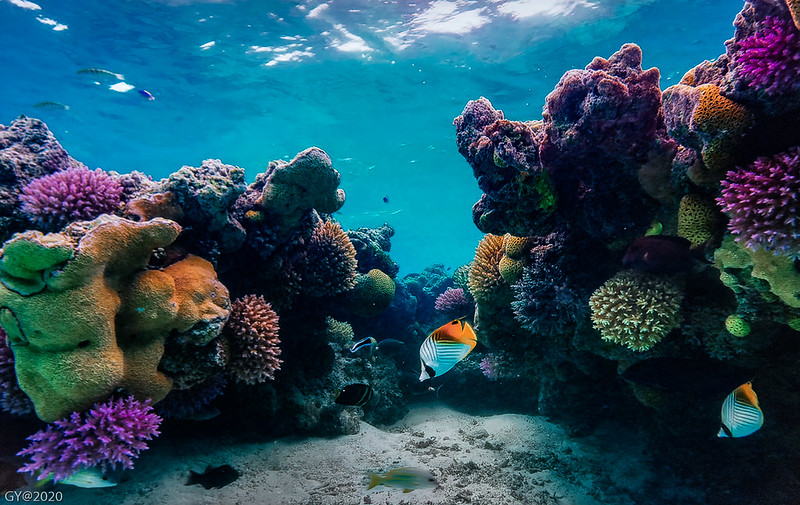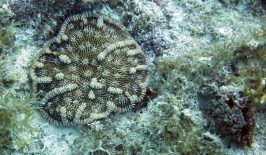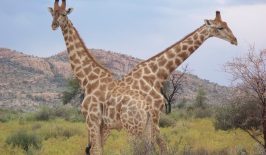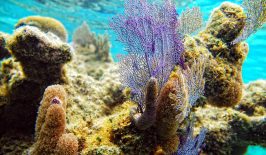A recent creation by NASA researchers taps into the growing trend of “gamification for good”. NeMo-Net is a new app that lets anyone become a citizen scientist – helping protect vital coral reef ecosystems via their phone or computer screen.
Coral reefs are popularly known for their splendorous beauty and kaleidoscopic fish species, but they also play a unique role in global ecosystems. For coastal communities around the world, these reefs offer protection from the ocean’s waves, including from tsunamis, as well as serving as key income sources for over 500 million people. Their rich biodiversity has also led coral reefs to be called the “medicine cabinet of the 21st century” because they are the source of many new disease treatments, from cancer to arthritis.
Unfortunately, like many of nature’s most valuable systems, coral reefs are under threat, thanks to anthropogenic factors from pollution to global warming.
Despite their importance for humans and the environment, relatively little is known about coral reefs. “We’ve mapped more of the surface of the moon and Mars than we have our own ocean”, explains marine biologist Dr Sylvia Earle in a video explaining the premise of NeMo-Net. “But we can see enough to know that our coral reefs are in danger.”
In efforts to better understand coral reefs and the threats they face, researchers at NASA’s Ames Research Center in California’s Silicon Valley have been making use of a new technology called “fluid lensing”. Cameras which are equipped with this are able to correct the distortions made by waves when capturing images of coral reefs from above, allowing them to look below the ocean surface in more detail than ever before. Researchers have travelled the world – Puerto Rico, Guam, American Samoa, and beyond – using unmanned aerial vehicles (UAVs) kitted out with this technology, mapping coral reefs, algae and seagrass in 3D. However, this research has resulted in huge data sets, and making sense of that data means first developing a method of analysing it for patterns or “classifying” the corals.
It would take a phenomenal amount of time to classify all the world’s coral reefs by hand – more than 200 million years, according to some estimates. That’s why the research team is now enlisting the help of NASA’s supercomputer, Pleiades, which uses an artificial intelligence tool called a convolutional neural network (CNN) to automate the classification and analysis process. But CNNs require lots of training data to function correctly, no matter how “super” the computers are that they’re run on. That’s where NeMo-Net’s motley crew of schoolchildren, gamers and nature lovers comes in.
In exchange for the promise of some good old-fashioned educational fun, NeMo-Net (which stands for “the Neural Multi-Modal Observation and Training Network”) outsources the often laborious task of training NASA’s supercomputer, to users, allowing them to learn about coral reefs and marine science, while at the same time build a global coral map and a large database of data that can be used to train the CNN.
The game itself involves “colouring in” different kinds of coral reefs, while a soothing nautical soundtrack hums in the background. A charming name is randomly generated for you – such as Jubilant Barnacle or Captain Manatee – and from there your voyage aboard your virtual ship begins. The structures for colouring grow in complexity as you level up, with the opportunity to unlock more features and new areas the more you play.
As users play and learn about coral reefs and the underwater world, the supercomputer also “learns” too from the coral classifications that users make within the game, improving its own mapping abilities more and more as it receives more input. Thanks to machine learning techniques, it should eventually be able to accurately classify on its own, even from low resolution data, ultimately being able to map the world’s corals at unprecedented spatial and temporal scales.
NeMo-Net makes this project accessible to a wide audience. As such, it’s a perfect example of “citizen science” in action: where the general public get involved in carrying out scientific research. NASA scientist Dr. Ved Chirayath, who is behind the project, says that children in particular have a knack for the game, often outperforming even trained biologists.
One can’t help but more cynically wonder if the trend of using child gamers to train artificial intelligence tools could easily go awry. But in this case, it’s hard to see the downsides. With so many children engaged in gaming and more technologically savvy than their older counterparts, games that are educational – and potentially even supporting conservation efforts – will no doubt be popular with parents.
In classic NASA style, the technology developed for this project could also be potentially extended to other planets. So far, the app has seen over 40,000 unique downloads and over 70,000 coral reef classifications completed. It’s available to download for free on Mac, Android and Windows and is suitable for ages four and up.





